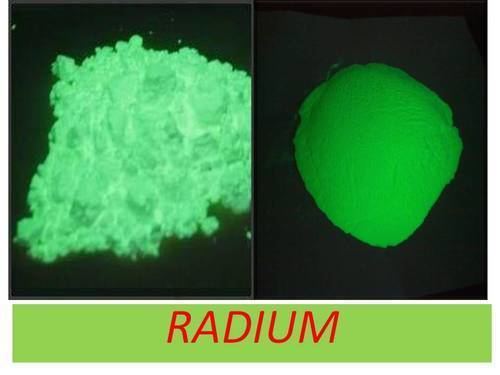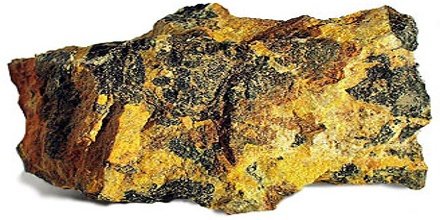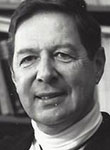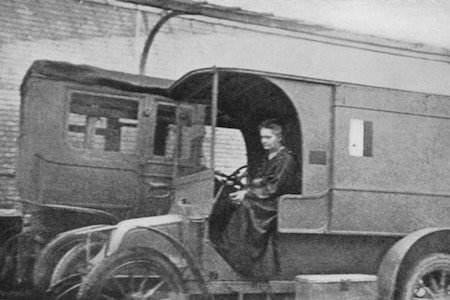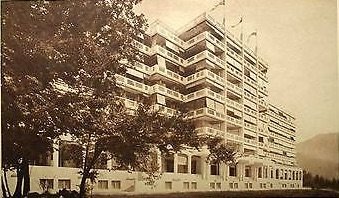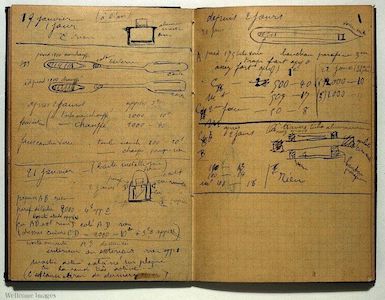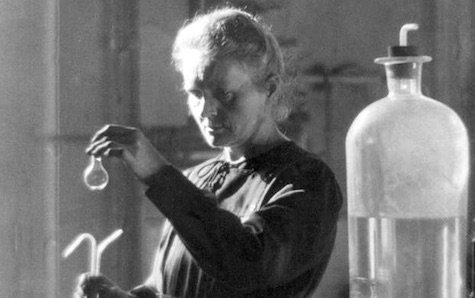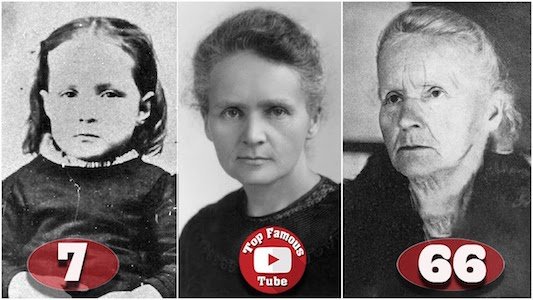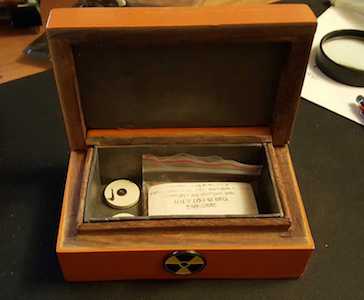PHYSICS
This culture landmark provides a general overview of Marie Curie Lederberg, a Polish scientist who won two Nobel Prizes in Physics (1903) and Chemistry (1911).
NOTE: hover over words in blue for additional information
Marie Curie, a pioneer
Marie Skłodowska-Curie was a Polish and naturalized- French physicist and chemist who conducted pioneering research on radioactivity. She was the first woman to win a Nobel Prize, the first person and only woman to win twice, the only person to win twice in multiple sciences, and was part of the Curie family legacy of five Nobel Prizes. She was also the first woman to become a professor at the University of Paris, and in 1995 became the first woman to be entombed on her own merits in the Panthéon in Paris.
Her achievements included a theory of radioactivity (a term that she coined), techniques for isolating radioactive isotopes, and the discovery of two elements, polonium and radium. Under her direction, the world's first studies were conducted into the treatment of neoplasms, using radioactive isotopes. She founded the Curie Institutes in Paris and in Warsaw, which remain major centres of medical research today. During World War I, she established the first military field radiological centres.
PEOPLE
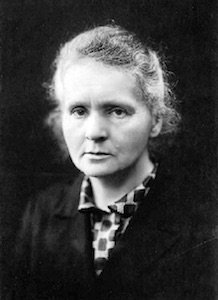
Marie Curie (1867-1934).
Image from wikipedia.com.
